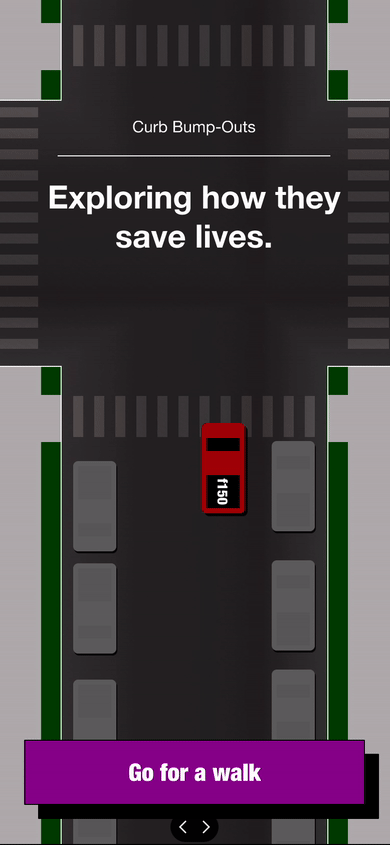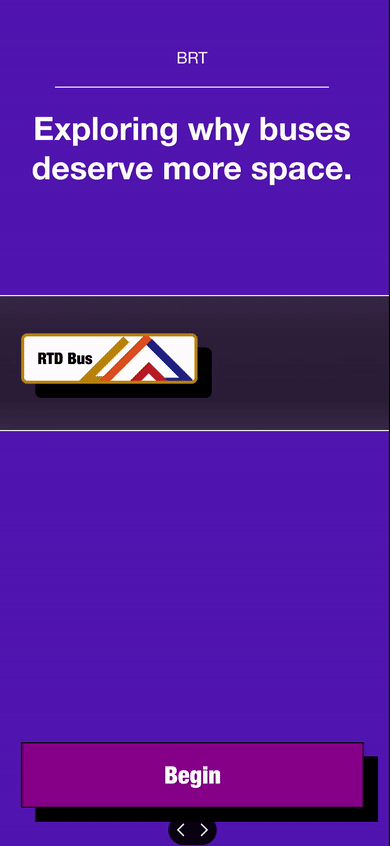Explainers
In 2008, I started as an intern at Wall Street on Demand. A design-led agency focused on investment research. The lights were Nelson saucer bubbles, the chairs in the collaboration space were Eames fiberglass rockers, and the patio furniture was Frank Gehry. I had no idea about any of that. I did know I was surrounded by brilliant people working on challenging problems.
The design team was around 15 folks. Adobe Photoshop was the go-to tool for designing websites unless you were one of those talented folks who designed in code. The team's culture was full of genuine curiosity and a willingness to teach and learn. Out of this culture came the idea of Explainers, taking a topic and figuring out how to explain it to others. We were a rag-tag bunch of art nerds working in investment banking. Folks who spent their time climbing mountains and going to museums would show up to a meet on Wall Street dressed to match our clients. We needed to know what P/E meant. We needed to speak the language of what we were designing for. At the time, that was a significant competitive advantage. Designers need to know the business.
Curb Bump-Outs
I am introducing a new variation on Explainers. In the Spring of 2023, I took a course on Urban Planning through CU Denver. I learned how cities are built, grow, and change. I learned how adaptable they are and how concrete makes them feel very slow to change. I began sketching ideas on how to share some of this with a broader audience. How do we make explainers that go into nuance on little ideas that shape our built environment?
These are sketches made in Figma. They will probably break and be better. It has been fun to explore telling a story. Yes, the New York Times article Snowfall still sits prominently in my mind as a revolution in interactive storytelling. They take their incredible journalism and the ideas of explainers and wonderfully combine them. They have continued to hone their craft in that area and now create them for articles daily.
Bus Rapid Transit (BRT)
Several benefits make bus rapid transit (BRT) networks an excellent public transit option for cities:
Increased Speed - BRT buses travel faster by having dedicated lanes separate from regular traffic. This allows them to bypass congestion.
Greater Reliability - BRT buses' dedicated lanes and traffic signal priority make service more reliable and consistent without delays.
Higher Capacity - BRT systems can transport more passengers per hour than regular bus routes. Articulated buses with extra capacity are often used.
Lower Costs - BRT costs less than light rail or subway systems. The dedicated bus lanes are more affordable than laying train tracks.
Flexibility - BRT routes are more accessible to change and expand over time as needs change. Rail lines are fixed.
Emissions Reductions - BRT systems take more private cars off the road, reducing greenhouse gas emissions.
Economic Development - BRT stations can anchor new transit-oriented development of housing, offices, and amenities around stops.
Overall, BRT provides high-quality, rail-like service at a fraction of the cost. Cities worldwide have implemented successful BRT systems to cost-effectively improve mobility and access to transportation for their citizens.

